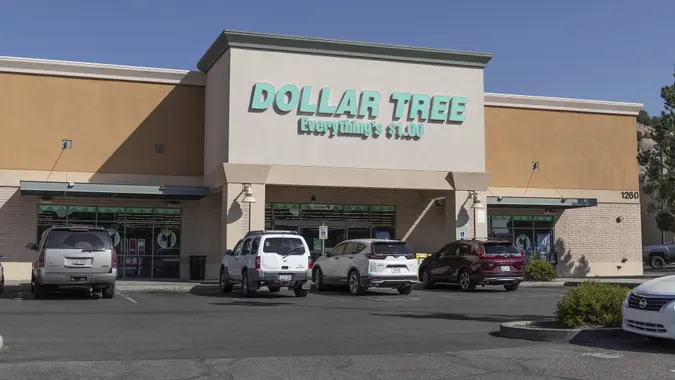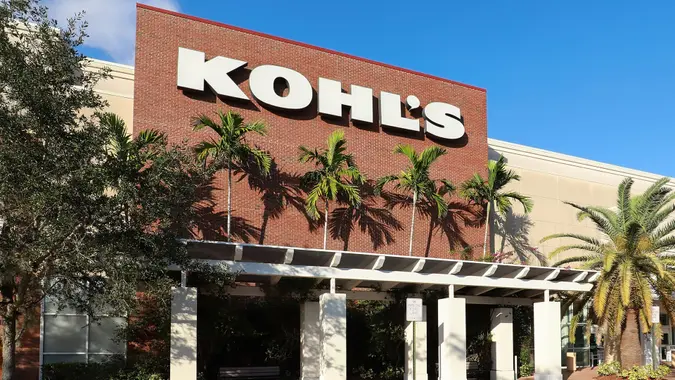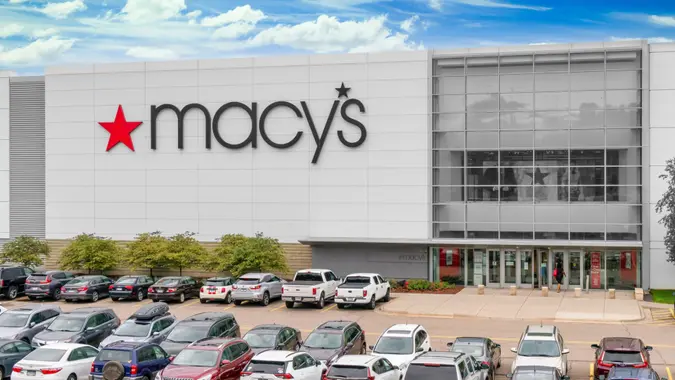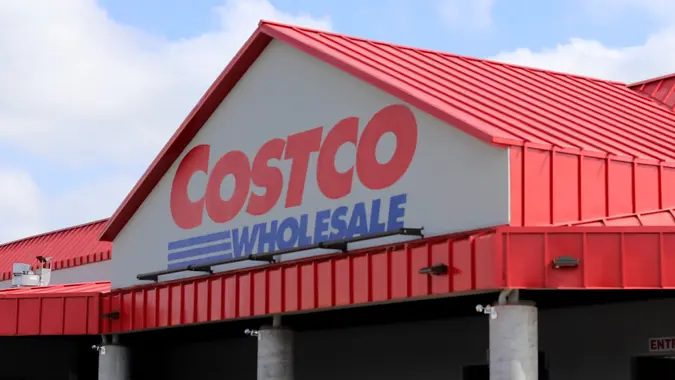7 Bills Millennials and Gen Z Have That Boomers Didn’t

Commitment to Our Readers
GOBankingRates' editorial team is committed to bringing you unbiased reviews and information. We use data-driven methodologies to evaluate financial products and services - our reviews and ratings are not influenced by advertisers. You can read more about our editorial guidelines and our products and services review methodology.

20 Years
Helping You Live Richer

Reviewed
by Experts

Trusted by
Millions of Readers
It’s easy to get pricing nostalgic when looking back and remembering how much cheaper things used to be. Yes, a gallon of milk in 1950 may have been 83 cents, but you also didn’t have DoorDash.
There are many expenses today that weren’t showing up on bank statements 30 years ago. The technology landscape has evolved, as have the needs and expenses that accompany it. That means a 25-year-old person living in the U.S. today is going to have quite a different list of expenses than a 65-year-old person at that same age decades before.
Here’s a look at some of the bills millennials and Gen Zers are paying that baby boomers didn’t have to worry about.
Internet, WiFi and Staying Connected
Yes, boomers have the internet, but it wasn’t always a necessary service — because for the first half of their lives, it didn’t exist.
“In the 1960s and 1970s, the internet was part of a future story told by the Jetsons and Star Trek,” said Ira Wolfe, president of the Poised for the Future Company.
Now, the internet is a must-have. “In the digital age, paying for internet access is essential,” Wolfe added.
According to him, internet costs average out to around $81 a month.
Separate Streaming Services
“Today, streaming services for music, movies and TV shows have become a standard entertainment expense, compared to cable TV for baby boomers,” Wolfe said.
While some boomers might still rely on cable TV for their entertainment, millennials and Gen Zers are certainly paying for streaming services. Younger generations almost all opt for streaming options exclusively with the average cost coming out to about $48 a month.
Smartphones and Data Plans
About phone culture for boomers, Wolfe said, “In the 1960s and 1970s, nearly every household had a landline. The only upgrade options were color and an option for a desk or wall model. Today, kids as young as 6 years old have their own phone!”
Cell phones currently cost Americans hundreds a month on average. That, of course, doesn’t include the cost of the phone itself which can be over $1,000 for the newest generation models.
Technology Upgrades
Speaking of sky-high phone costs, technology in general is just more expensive than it was when baby boomers were growing up.
“Baby boomers could often keep the same landline phone, TV or fax machine for decades. Today, the rapid pace of technological advancement necessitates frequent updates and replacements of electronic devices, a type of expense less common or nonexistent for baby boomers [in the past],” Wolfe said.
Examples of this include laptops, tablets, televisions and even printers. As Wolfe said, in a way, that technology today is made to be replaced.
“Anyone who owns a device today knows exactly what I’m talking about: when the device they purchased just a few years ago is rendered obsolete, and when it won’t accept software updates.”
Subscription Services
“For baby boomers, the only subscriptions were magazines and newspapers. Today, subscription services have become a way of life: from meal kits to fitness apps.” Wolfe said.
Yuri Kruman, the CEO at HR, Talent & Systems, said the types of subscriptions millennials and members of Gen Z use would seem completely foreign to baby boomers in their 30s.
“Millennials and Gen Z[ers] have a lot of [software subscription] costs at their age that their parents never did, because there [were no subscriptions]!
“Software like cloud storage for their documents, ChatGPT4, Notion for self-organizing, LinkedIn Premium and course platforms for career growth, subscriptions to Substack and podcast apps, etc. These add up quite a bit for just functioning effectively these days.”
Gig Economy Expenses
More and more millennials and members of Gen Z receive income from working gig economy jobs like food delivery and rideshare. And working these jobs comes with added expenses.
“Many younger folks work in the gig economy, which means they may have to cover expenses like vehicle maintenance, equipment or software subscriptions that boomers with traditional jobs didn’t have,” added Luke Lintz, CEO of HighKey Agency.
Climate and Sustainability Costs
“Millennials and Gen Zers are more conscious of sustainability and may choose to pay extra for eco-friendly products or services, such as electric cars or organic food, which wasn’t as prevalent during the boomer era,” Lintz said.
Electric vehicles are $53,469 on average, which is about $5,000 more than the average price of a new gas-powered vehicle. These sustainability costs can also expand to installing solar panels, which cost around $16,000 on average, per Forbes.
Caitlyn Moorhead contributed to the reporting for this article.
More From GOBankingRates
 Written by
Written by  Edited by
Edited by 

























